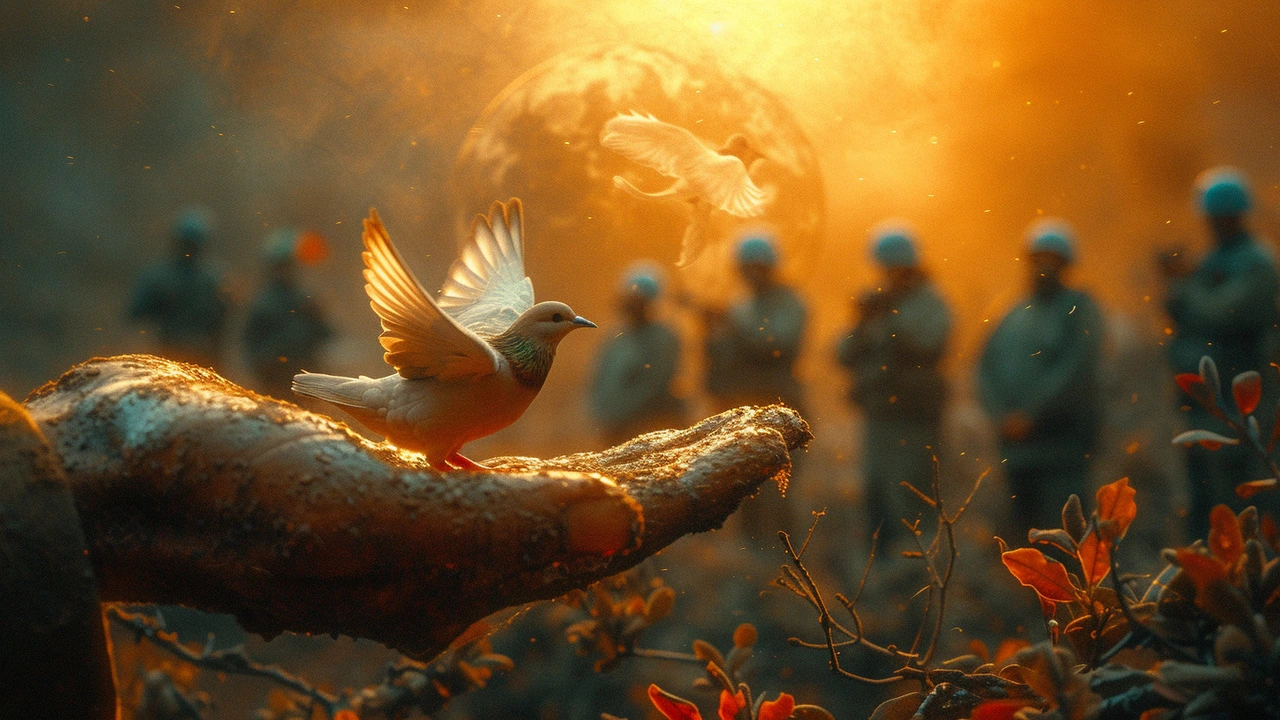What if I told you peacekeeping today is less about large armies and more about smart moves—data, people, and clear rules? That's the shift happening now. If you want practical approaches, this page lays out key strategies used in recent missions and why they matter on the ground.
Use data and tech wisely. Modern missions use satellite imagery, drones, and open-source maps to spot threats and plan routes. That gives teams fast, real information so they can act before a crisis grows. For example, live mapping of road closures helps humanitarian convoys avoid ambushes and delays.
Protect civilians first. That means clear rules of engagement focused on presence and deterrence, not just firepower. Patrols that interact with local people, protect markets and schools, and respond quickly to reports build trust and stop violence early. Presence often prevents violence more than a show of force.
Work with local leaders. Peacekeeping that ignores local politics fails. Successful missions bring elders, women’s groups, and municipal officials into planning. When locals help design patrol schedules or choose community projects, initiatives stick because people own them.
Train for context, not just drills. Troops and police need language, cultural awareness, and negotiation skills. Practical training includes conflict mediation, identifying hate speech, and handling displaced families. That kind of training reduces mistakes and builds credibility.
Share intelligence across agencies. Too often military units, NGOs, and UN teams operate in silos. Real progress happens when information flows: health teams warn about outbreaks, police share incident patterns, and logisticians coordinate supply lines. A simple daily briefing that includes everyone prevents duplication and saves lives.
Focus on quick-impact projects that matter locally. Fixing a water pump, repairing a bridge, or supporting a market can stabilize a community fast. These projects show people peacekeeping brings tangible benefits, not just promises.
Include gender and youth in planning. Women and young people experience conflict differently. Programs that address sexual violence, recruit female officers, or create youth employment reduce tensions and build longer-term stability. Missions that ignore these groups miss critical sources of resilience.
Measure outcomes, not just activity. Track reductions in violence, school attendance, and return of displaced families. Data-driven reviews help commanders adjust tactics quickly and stop repeating what doesn’t work.
If you care about realistic peacekeeping, focus on presence, partnerships, and practical tools. Modern strategies succeed when teams combine tech, local knowledge, and clear goals—then keep adapting as the situation changes. Want examples from recent missions or quick checklists for planners? I can pull those together next.

Hello, everyone! Today, I'm eager to dive into a topic that's close to my heart – the evolving nature of peacekeeping. Peacekeeping missions have transformed significantly over the years, adapting to the complexities of modern conflicts. Gone are the days of mere observation; nowadays, peacekeepers are often tasked with enforcing mandates and protecting civilians in hotspots around the globe. What's more, they now have to navigate the murky waters of politics and cultural sensitivities to maintain peace and stability. Join me as I explore the changes, challenges, and the future direction of international peacekeeping efforts.
